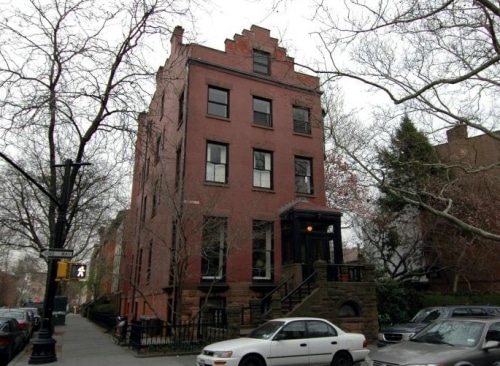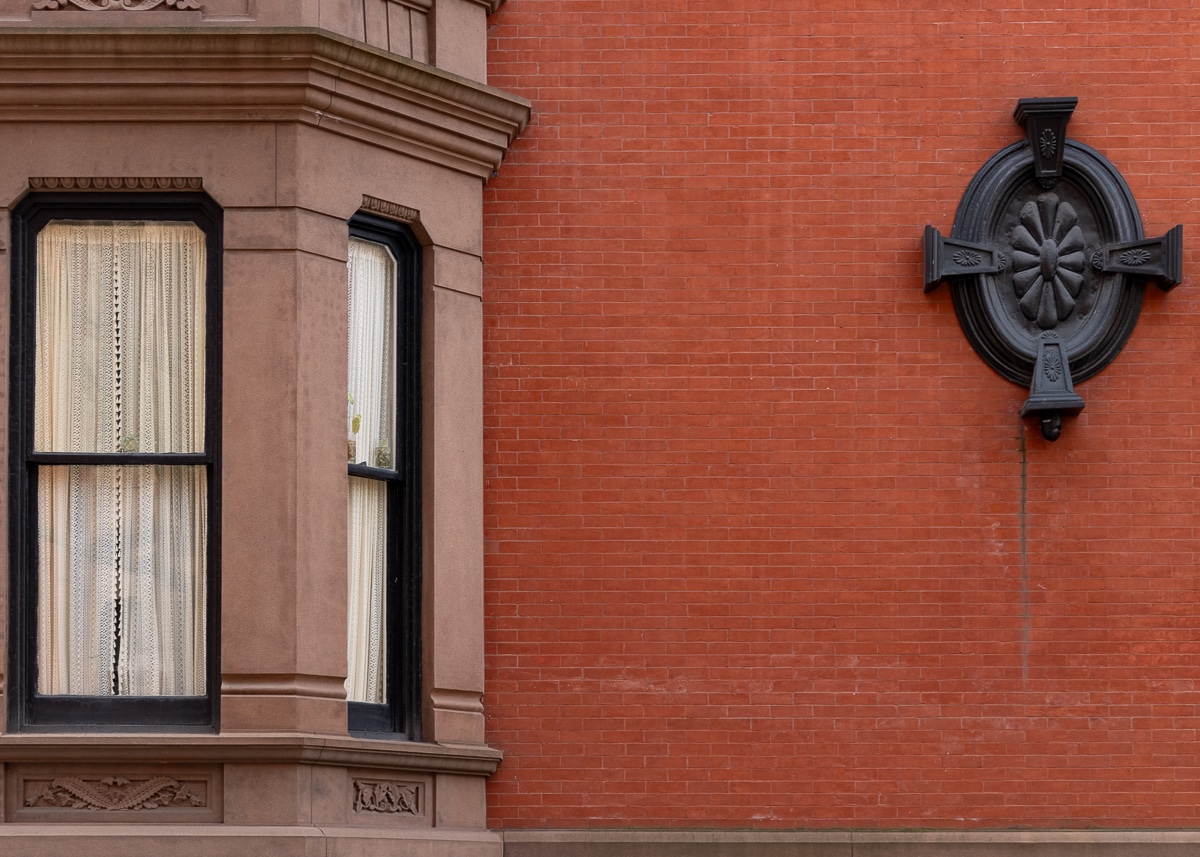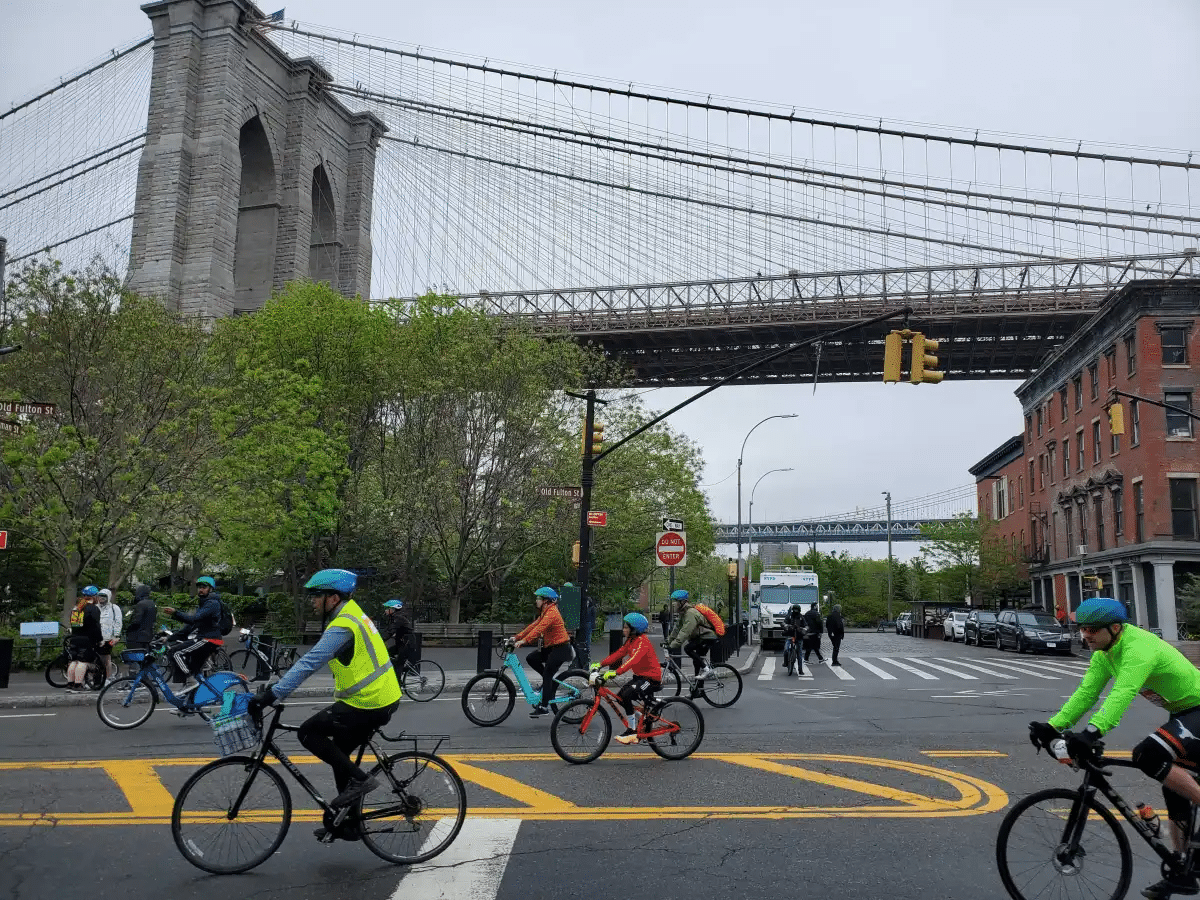Domino Decision: The Details
Yesterday we reported that the City Planning Commission had voted 13-0 in favor of the 2.8-million-square-foot New Domino project; the Architect’s Newspaper and Crain’s followed up with more detailed accounts of the decision and reactions from various officials. The most important details involve a couple of small concessions that the commission extracted: 1) The reduction…

Yesterday we reported that the City Planning Commission had voted 13-0 in favor of the 2.8-million-square-foot New Domino project; the Architect’s Newspaper and Crain’s followed up with more detailed accounts of the decision and reactions from various officials. The most important details involve a couple of small concessions that the commission extracted: 1) The reduction in the number of parking spaces from 1,694 to 1,428; 2) A reduction in the height of the commercial building at the northern end of the site from 300 feet to 250 feet. As the Architects’ Newspaper points out, neither of these changes is likely to mollify two of the projects biggest critics, Councilmember Stephen Levin and Assemblyman Vito Lopez, who are concerned about the impact on transportation and infrastructure that the addition of 2,200 apartments could have. The project still needs the support of the City Council, where members are loathe to vote against the local representative.
Planning Commission Plays Nice with Domino [Arch Paper]
City Planning Commission OKs Domino Project [Crain’s]
$1.5B ‘New Domino’ Project Gets Green Light [NY Post]
City Planning Approves Domino [Brownstoner]









yes is not 2000 more people, its more like 6000 more people. The streets are all one way small neighborhood streets, and they are adding 1,500 parking spots.
I’m a few blocks away and obviously against it. No plans at all were put in to accommodate this way to big and way to dense development. A vague reference to a water taxi stop was mentioned “if the currents in the river co-operate we could possibly see a water taxi stop” – The problem is there is already a water taxi stop – and no one uses it. This is because it is not an adequate solution. It is too expensive for commuters. It does not land in the right spots in Manhattan. It does not run year round. It does not run often enough during the day (L train goes every few minutes but water taxi every half hour or so?)
Can’t believe the vote was 13 – 0. Also was sickened by the developers tactics: http://thewgnews.com/2010/04/10706/
“Misinform & Conquer: The Developer, Domino, and the Latino Vote”
Also the developers are making it so there will be less open space per person than there is now, and now on the Southside there is very little open space already.
Basically i think they put their money in the right places because everyone i know around here was against it – businesses who see the people in these buildings going straight to Manhattan, neighbors who see giant towers dwarfing everything including the historical Domino buildings, the Williamsburg Bridge, and our one tiny decent Park Grand Ferry park.
DH – Domino is 2,200 units, which equals 5,000 plus people. And that is on top of the 10,000 units the city approved in the 2005 zoning (maybe half of which have been built). So in a few years you can add between 7,000 and 10,000 more people to your daily commute – OK, 5,000 to 8,000 if you assume some people will use the JMZ.
But I hear there’s going to be a water taxi stop.
In phase 4.
I always defend the L – but it’s been getting pretty bad lately in the mornings. Not sure how it will be able to support 2k new residents in the area.
Yes, tybur6, I think I spotted a lonely tree somewhere there. 🙂
I agree with you, WBer, except that the MTA, as broke as they are, seemed to have no problem giving away hundreds of millions in benefits to Ratner for his monumental piece of crap (AKA Atlantic Yards). And the MTA will need to rebuild/expand the Atlantic Avenue nexus to accomodate the increased population of his apartment complex, if and when those buildings ever go up. What with the MTA’s history of misleading shenanigans with their books (two sets? three sets? who knows?), it’s never quite clear what their financial condition really is. In any event, when such large complexes are planned, infrastructure must be included in the overall plans and the developer should certainly be sharing some of those costs. After all, they’re getting some of financial benefit, I presume, from their projects.
Bravo, MM.
This is an industrial area that historically drew its workforce from the neighboring blocks. Now the developer wants to add 6,000 to 7,000 people, many of whom will probably have to go to Manhattan on a daily basis to pay the mortgage on their $1,000 psf apartment. They are going to want to get on the L train in the morning (or the JMZ, which is getting pretty crowded on its own lately).
When pressed on the infrastructure issues, the developer just throws up his hands and says its the City’s problem to deal with. The City is broke and has little sway over the MTA (not that it matters, they’re also broke too). There are fundamental problems with this and other large scale projects that can either be solved by real planning (not just zoning) or by reducing the number of people.
Despite who said it, or their political motivations, the fact remains that once again, no one has given a fig of thought to infrastructure in a mega project. How can you plan something of this size and not take into consideration the effect of thousands of new people on mass transit, schools, or even supermarkets? Adding a supermarket was only done when there were complaints. It should have been an integral part of the project from the beginning. Why? Because it shows that someone is thinking about more than # people per square foot, and dollars per unit. PEOPLE are going to live there, people who will need to get to jobs, clog the streets, fill the sewers and use electricity. People who need schools for their kids, supermarkets and shops to keep money in the neighborhood and provide jobs, etc, etc. Vito, no matter how big or powerful, can’t make new subway cars come to the station, but he is right to make a lot of noise until those who can do something about this take notice.
If we are going to reviatalize neighborhoods and bring new housing to those neighborhoods, something that is certainly needed and a part of a growing city, especially in what were out of the way areas, or former industrial spaces, then the need for the city, and most especially the MTA and agencies that deal with infrastructure, are going to have to stop wasting money on the usual crap, and start thinking about building the new city of tomorrow. You can’t have that new city without a growing and maintained infrastructure.
The day the river collapsed.
***Bid half off peak comps***
Look at all of that beautiful green space they have integrated into the complex…